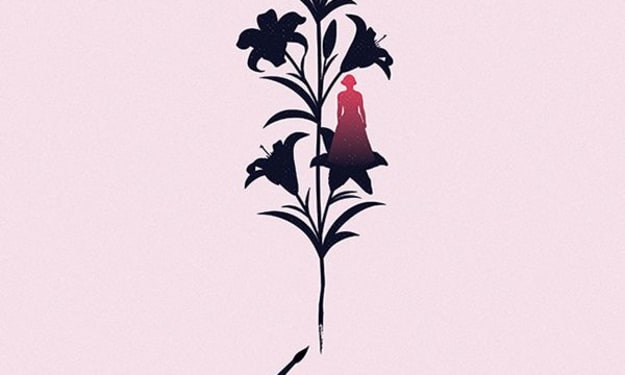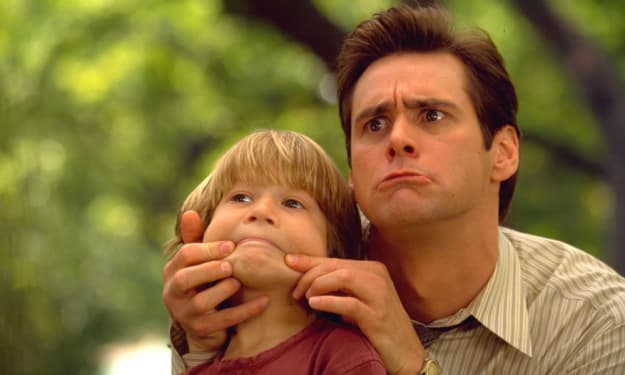The Filmmaker's Guide to: “The Godfather” (1972)
An Appreciation of Cinema (Pt.12)

In this chapter of ‘the filmmaker’s guide’ we are going to explore some of the films that have changed our outlook of the possibilities in cinema in some way, shape or form. These can include, but are not limited to: revolutionary cinematography, narratives that challenge the social structure and the common view, trademark styles of auter cinema, brilliant adaptations of novels and other works, films of philosophical value and films that touch our hearts and souls with their incredible underlying messages and morals. Within each of the films in this chapter there is a certain something that makes them special and a certain something that makes them linger long after we have watched them for the first time. Lasting impressions are difficult to create, but I think that the films we will briefly touch on in this chapter are some of the films we will never ever forget.
“The Godfather” (1972) dir. by Francis Ford Coppola

Known as one of the greatest movies ever made and perhaps is considered the beginning of the greatest trilogy ever made, this was the start of something brand new in film. It was the start of new age high intensity drama, it was also a brand new kind of gangster. These gangsters and mafia members were not your 1960s gunslingers, they were not the men in fedoras from the noir movies and they definitely were not those who got arrested during the time of the Hayes Code. This was the start of the protagonists who were gangsters living a family drama, making their own money and gaining the empathy and the concern of the audience through their loyalty to certain unwritten rules. Something that had not yet been associated with criminals and gangsters. These were not your Bonnie and Clyde types, nor were they your John Dillinger types - instead this was simply a high intensity family drama and that family happened to be the Corleones. It was a brilliant idea first written by Mario Puzo and then adapted into a fantastic sequence of cinematic experiences. These are films that you could watch over and over again without your opinion changing of them, they simply are like fine wines - they get ever better with each year they grow older.

When we watch “The Godfather” (1972) we first of all see the incredible amount of work that has gone into the design of each and every scene. From the wedding scene, to the car exploding, to the shoot out of (another character)’s car and all the way to the famed scene where Vito chases his grandchild, finally collapsing over and dying - each scene has a certain amount of thematic symbolic value. Each and every scene is just as important as the last and just as important as the one after it - nothing feels like a filler or there just to recapture the audience’s attention in some way. Every one of the scenes adds to the story and it is the case that if you do not watch one of the scenes, you will lose the plot. The grand cast of characters, each with their own incredible personality and story, makes the narrative colourful with familial connections and intense emotional strain. When Connie knocks all of her crockery around the house whilst pregnant, it may have not much to do with the underworld of crime, but it certainly makes you feel for her and her unborn child. It is an amazing scene, one of the loudest in the whole film and yet, it makes you feel more at ease knowing that Connie can definitely take care of herself through this rather abusive relationship.

The film continues to be one of the most fascinating and fantastic family dramas ever made and yet, remains as the most intense crime sequence ever created. It is truly a magical experience of cinema, the more you watch it the more you learn about emotion and reason. The lines often have to be drawn and drawn thoroughly. Personally, my favourite scene will always be either the baptism scene in which the men are assassinated, or the scene in which Vito is playing with his grandson. Two very different scenes that give off very similar impacts of emotion, intensity and movement through the family saga.

I believe in America. America has made my fortune, and I raised my daughter in the American fashion. I gave her freedom, but I taught her never to dishonour her family. She found a boyfriend, not an Italian. She went to the movies with him. She stayed out late. I didn't protest. Two months ago he took her for a drive, with another boy friend. They made her drink whiskey and then they tried to take advantage of her. She resisted. She kept her honor, so they beat her like an animal. When I went to the hospital her nose was broken. Her jaw was shattered, held together by wire. She couldn't even weep because of the pain, but I wept. Why did I weep? She was the light of my life. A beautiful girl. Now she will never be beautiful again. [sobs] Sorry. I went to the police, like a good American. These two boys were brought to trial. The judge sentenced them to three years in prison, and suspended the sentence. Suspended sentence! They went free that very day! I stood in the courtroom like a fool, and those two bastards, they smiled at me. Then I said to my wife, "For justice, we must go to Don Corleone."
- Bonasera, "The Godfather" (1972)
About the Creator
Annie Kapur
200K+ Reads on Vocal.
English Lecturer
🎓Literature & Writing (B.A)
🎓Film & Writing (M.A)
🎓Secondary English Education (PgDipEd) (QTS)
📍Birmingham, UK






Comments
There are no comments for this story
Be the first to respond and start the conversation.